detail profile charles ray
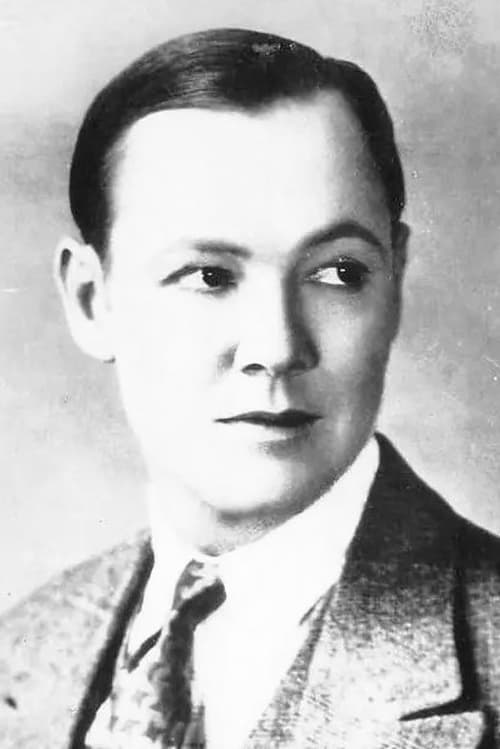
Charles Ray
Charles Edgar Alfred Ray
atau dikenal sebagai
Riwayat Hidup
From Wikipedia
Charles Edgar Ray (March 15, 1891 – November 23, 1943) was an American actor, director, producer, and screenwriter.
Ray rose to fame during the mid-1910s portraying young wholesome hicks in silent comedy films.
Ray was born in Jacksonville, Illinois and moved to Springfield as a child where he attended elementary school.
He then moved to Arizona for a time before finally relocating to Los Angeles where he finished his education.
He initially began his career on the stage before working for director Thomas H.
Ince as a film extra in December 1912.
He appeared in several bit parts before moving on to supporting roles.
Ray's break came in 1915 when he appeared opposite Frank Keenan in the historical war drama The Coward.
Ray's popularity increased after appearing in a series of films which cast him in juvenile roles, primarily young hicks or "country bumpkins" that foiled the plans of thieves or con men.
In March 1917, he signed with Paramount Pictures and resumed working with director Thomas H.
Ince.
By 1920, he was earning a reported $11,000 a week.
Around this time, he left Paramount after studio head Adolph Zukor refused to give him a pay raise.
Zukor later wrote in his autobiography The Public Is Never Wrong, that Ray's ego had gotten out of hand and that Ray ".
.
.
was headed for trouble and did not care to be with him when he found it.
" After leaving Paramount, Ray formed his own production company, Charles Ray Productions, and also used his fortune to purchase a studio in Los Angeles where he began producing and shooting his own films.
On November 23, 1943, Ray died of a mouth and throat infection at Cedars of Lebanon Hospital in Los Angeles for which he had been hospitalized six weeks prior.
For his contribution to the motion picture industry, Charles Ray has a star on the Hollywood Walk of Fame located at 6355 Hollywood Boulevard.
Info Pribadi
Peran Yang Di Mainkan Charles Ray
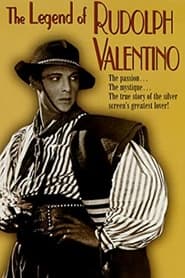 A documentary of Hollywoods first great...
A documentary of Hollywoods first great...The Legend of Rudolph Valentino 1961
A documentary of Hollywood's first great Latin Lover, the contradictions in his personal life, and his premature death.
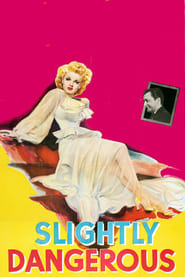 Smalltown sodajerk Peggy Evans quits her...
Smalltown sodajerk Peggy Evans quits her...Slightly Dangerous 1943
Small-town soda-jerk Peggy Evans quits her dead-end job and moves to New York where she invents a new identity.
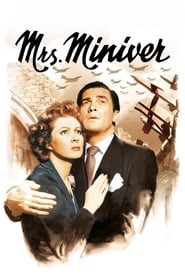 Middleclass housewife Kay Miniver deals with...
Middleclass housewife Kay Miniver deals with...Mrs. Miniver 1942
Middle-class housewife Kay Miniver deals with petty problems. She and her husband Clem watch her Oxford-educated son Vin court Carol Beldon, the charming granddaughter of the local nobility as represented by Lady Beldon. Then the war comes and Vin joins the RAF.
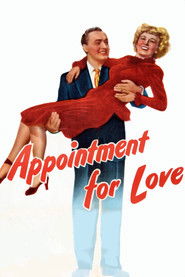 Charming Andre Cassil woos physician Jane...
Charming Andre Cassil woos physician Jane...Appointment for Love 1941
Charming Andre Cassil woos physician Jane Alexander and the two impulsively get married. The honeymoon ends very quickly when Jane voices her progressive views on marriage which include the two having separate apartments. Andre then tries to make his wife jealous in order to lure her into his bedroom.
 Fictionalized story of the 1869 adoption of...
Fictionalized story of the 1869 adoption of...The Lady from Cheyenne 1941
Fictionalized story of the 1869 adoption of women's suffrage in Wyoming Territory. In the new-founded railroad town of Laraville, Boss Jim Cork hopes to manipulate the sale of town lots to give him control, but Quaker schoolmarm Annie Morgan bags one of the key lots. Cork's lawyer Steve Lewis tries romancing Annie to get the lot back, finding her so overpoweringly liberated she leaves him dizzy. Still, Steve attains his nefarious object...almost...then has cause to deeply regret having aroused the sleeping giant of feminism!
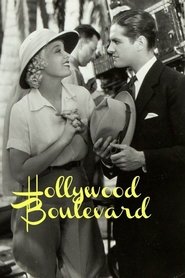 With a full Hollywood background and...
With a full Hollywood background and...Hollywood Boulevard 1936
With a full Hollywood background and settings but more an expose of scandal-and-gossip magazines of the era, has-been actor John Blakeford agrees to write his memoirs for magazine-publisher Jordan Winston. When Blakeford's daughter, Patricia, ask him to desist for the sake of his ex-wife, Carlotta Blakeford, he attempts to break his contract with Winston.
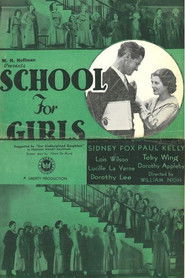 After being convicted of stealing some...
After being convicted of stealing some...School for Girls 1934
After being convicted of stealing some jewels, Annette Eldrige is sent to a reformatory administered by a sadistic and corrupt female warder. However, one of the board of trustees takes an interest in the new arrival and begins to investigate the management of the institution.
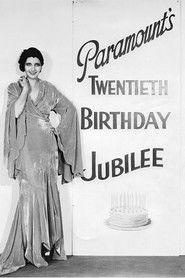 The House That Shadows Built 1931 is...
The House That Shadows Built 1931 is...The House That Shadows Built 1931
The House That Shadows Built (1931) is a short feature, roughly 48 minutes long, from Paramount Pictures made to celebrate the 20th anniversary of the studio's founding in 1912. It was a promotional film for exhibitors and never had a regular theatrical release and includes a brief history of Paramount, interviews with various actors, and clips from upcoming projects (some of which never came to fruition). The title comes from a biography of Paramount founder Adolph Zukor, The House That Shadows Built (1928), by William Henry Irwin.
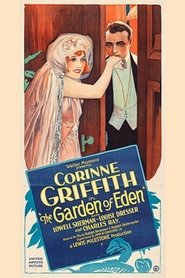 Toni Le Brun a beautiful Viennese...
Toni Le Brun a beautiful Viennese...The Garden of Eden 1928
Toni Le Brun, a beautiful Viennese singer, becomes the ward of the wardrobe mistress of a Monte Carlo nightclub. Her benefactor, however, is actually a baroness incognito. Toni falls in love with the handsome Richard, but as they prepare to marry, she comes to believe he is only after the wealth accompanying her new noble status. But truth, like true love, will not be kept secret long.
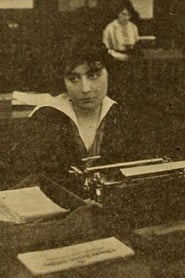 Larry Thomas works as a minor...
Larry Thomas works as a minor...Back of the Man 1917
Larry Thomas works as a minor employee in a large insurance company. He loves Ellen Horton, who has great faith in him. When Larry is falsely accused of murder, it is Ellen who saves the day. She also manages to help him achieve the position in the business he deserves.
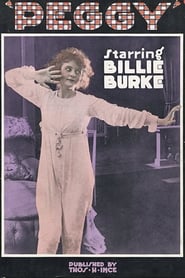 The heroine Peggy Cameron is a...
The heroine Peggy Cameron is a...Peggy 1916
The heroine, Peggy Cameron, is a high-society debutante with a mind of her own. After making a public spectacle of herself once too often, Peggy is bundled off to Scotland, where she is to be looked after by her no-nonsense uncle Andrew Cameron (William H. Thompson). If Peggy's family had hoped that she would straighten up and behave herself in Scotland, they were sorely mistaken. Restored in 2018 by the Academy Film Archive with restoration funding provided by the Louis B. Mayer Foundation.
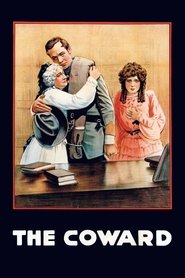 Set during the American Civil War...
Set during the American Civil War...The Coward 1915
Set during the American Civil War, Keenan stars as a Virginia colonel and Charles Ray as his weak-willed son. The son is forced, at gunpoint, by his father to enlist in the Confederate army. He is terrified by the war and deserts during a battle. The film focuses on the son's struggle to overcome his cowardice.
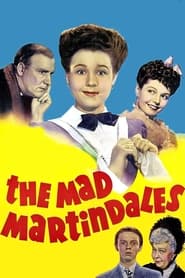 A girl tries to pay the...
A girl tries to pay the...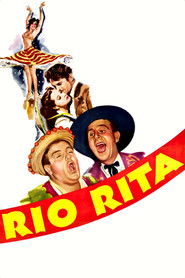 Doc and Wishey run into some...
Doc and Wishey run into some...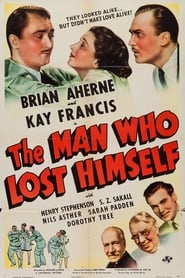 John Evans encounters his lookalike Malcolm...
John Evans encounters his lookalike Malcolm... Barbara Fiske a beautiful girl of...
Barbara Fiske a beautiful girl of...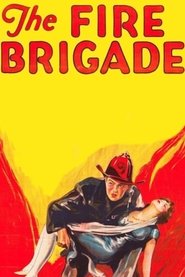 Terry ONeill is the youngest of...
Terry ONeill is the youngest of...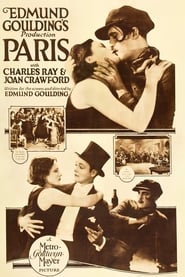 The power of love in the...
The power of love in the...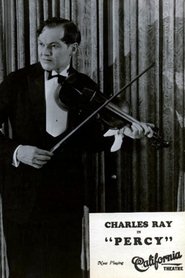 Western melodrama about a sheltered youth...
Western melodrama about a sheltered youth...